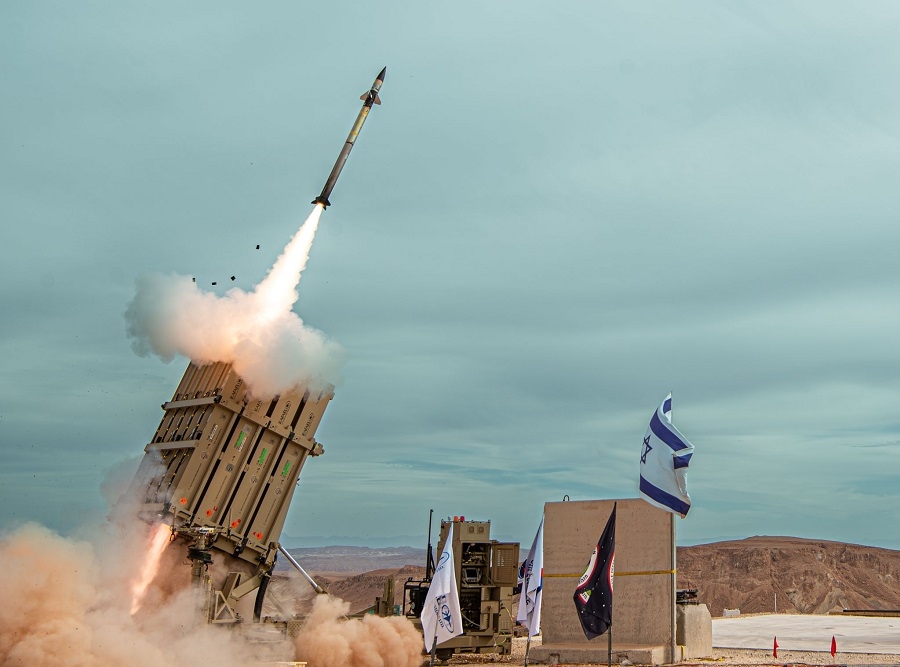Is The Iron Dome Failing?
Defence affairs
The IDF has claimed that the Iron Dome, alongside the Arrow and David’s Sling air defense systems, intercepted the “vast majority” of projectiles launched by Iran.
Each Iron Dome battery can provide security coverage up to 155 square kilometers against rockets with ranges between 4 and 70 kilometers. One battery includes three to four launchers, each holding up to 20 interceptors.
Each battery reportedly costs around US$100 million (approximately US$157 million), and each interceptor missile costs around US$50,000. Given the costs involved, the Iron Dome system carefully selects its targets.
Israel Defense Forces (IDF) had earlier stated that the Iron Dome is “a singular icon of technological innovation” capable of handling multiple threats simultaneously, with a success rate of up to 97 percent. It says that no existing air-defense system can claim nearly 2000 intercepts achieved by the Iron Dome.
However, critics have drawn attention to the breach of Israel’s defenses, even if in a limited fashion. Reports and images circulating online claim that many missiles caused serious damage in Tel Aviv, Bat Yam, Rishon Lezion, and the Kirya facility, the latter being home to the Israeli military headquarters.
A widely shared video allegedly depicted a missile striking close to the IDF headquarters, casting doubt on the Iron Dome’s ability to fend off fast and precision-guided missiles.
Notably, Iran has employed the strategy of overwhelming Israel’s defenses by firing massive salvos of missiles and drones in waves. The Israeli Iron Dome may have struggled not only with the volume but also the speed of ballistic missiles, which travel faster and at higher altitudes than the rockets it was designed for.
Some military experts say Iran may also have employed decoys to overwhelm the Iron Dome and other air defenses to evade detection–a claim that the IDF has denied.



Comments
Post a Comment